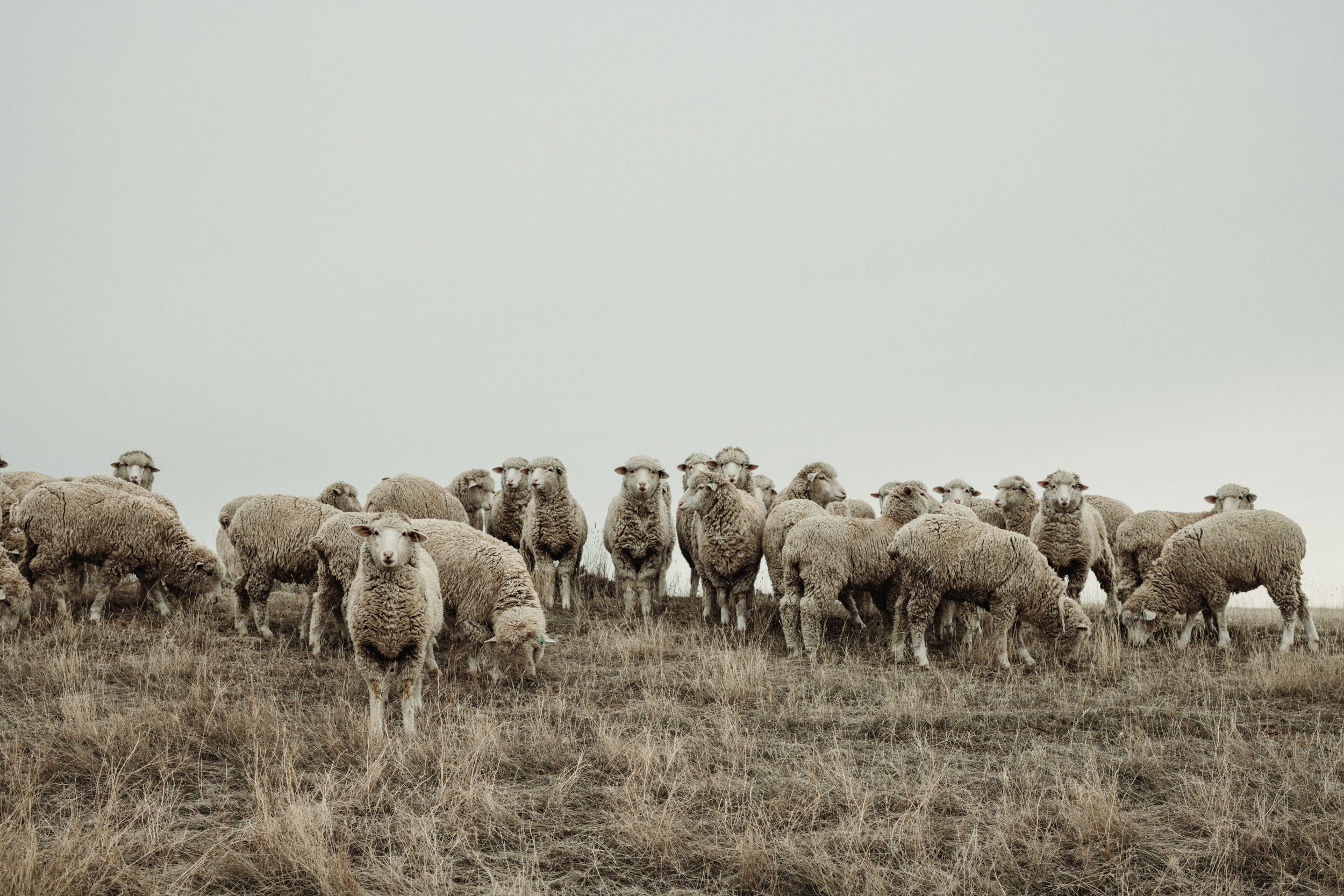Roasted Wild Turkey
[Click here for the main DiningWild (Wild Foods) page.]
On 26 May 2021, I was fortunate to bag a wild turkey. In the blog post of that day I mentioned planning to roast the bird with apples, pecans, maple syrup and butter. Someone requested the recipe, and my response was SURE, but only if it turned out worthwhile. Yesterday’s Sunday Dinner was that jake (one-year old male turkey), the recipe worked really well, and it couldn’t have been much simpler. The younger the bird, the better.
Pluck the bird. Plucking is pretty easy if you dip the turkey in hot water for 20 seconds or so, and then pull the feathers in the direction of growth. Pulling against the grain will tear the skin. Even the big flight feathers can be yanked without tools, and it doesn’t take all that long. Alex and I plucked the bird in about 15 minutes, and we dipped it two or three times. You’ll need a cauldron to dip a wild turkey. And you want to do this outdoors, if you can, so you won’t have to worry about stray feathers. (Someone who ties flies might really appreciate the turkey feathers.)
Once the bird is plucked, grab a hatchet. Remove the lower legs and the last joint of the wings. If the bird was killed with birdshot, as mine was, the head and neck are normally the target and should be removed and discarded.
Carefully inspect the rest of the turkey for birdshot, or holes due to birdshot. Alex found only one pellet. It’s important to remove any pellets because biting down on lead shot is not good. But these days, most turkey hunters are using shot that is much harder than lead, and biting one of those pellets can crack a tooth. I was shooting tungsten, which is much harder and much heavier than lead, and therefore much more lethal. The point of a knife is a good tool to dig out any pellets.
Now the body cavity of the bird must be opened, and all entrails removed. The heart and liver are good eating (pan fry in butter couldn’t be easier), and some enjoy the gizzard, too. Rinse thoroughly and then dry the body cavity and the entire bird.
This bird was aged in the refrigerator, covered lightly, for 6 days. I dried the bird and the pan with toweling each day.
Preheat oven to 325F/163C.
I used a covered turkey roasting pan that was big enough to hold the entire bird with the lid properly closed. Covering the bird during cooking helps keep it moist, in my opinion.
Next, I cubed about 10 apples and crumbled about 12 ounces of pecans. Both the apples and pecans were bought at market and harvested last year. The pecans and particularly the apples were not nearly what they could be, because they were far out of season. After mixing the apples and pecans, it was time to stuff – really stuff – both ends of the bird. We used some wooden sheesh kabob spears to close up both ends of the body cavity, keeping the stuffing secured inside.
Rub the outside of the bird thoroughly with some seasoned salt.
I melted two sticks of butter (225 grams) and added about 12 ounces (355 ml) of homemade maple syrup.
Put some oil on the bottom of the pan, then place the bird in the pan, with a breast side down. Then I added maybe two cups of water and the rest of the apples and pecans around the sides of the turkey. Covered the roasting pan and into the oven.
Every 30 minutes or so, I turned the bird onto the other side and basted the top side with the syrup/butter mixture, which I kept in a sauce pan on very low heat.
When the knee and thigh joints of the bird are loosened up, the bird is pretty-well cooked. This took about three hours. By this point I’d used up almost all the basting mixture. The last 20 minutes the bird was placed in the traditional position, shown in the photo, basted a final time and roasted uncovered to crisp the skin.

We let it rest about 10 minutes before cutting.
Debby, Denali and I all felt it was really good, but nobody doubted someone with some real skill could have done it a lot better than me. Some spices, for example, might have been a great addition.
We actually ate only one breast at dinner, and didn’t touch the legs. I expected the legs would be too tough, needing to be used for soup. But I had some wing and thigh meat the next day, and it was actually not tough at all.
For me, the gathering and consumption of Wild Foods created a very strong connection to Nature. Without love for wild foods, I would certainly not have been out in the weather enough to have had the motivation to found WeatherWool.
One last point. A wild turkey is quite different from the usual supermarket turkey. Wild turkeys can run very fast, and they can fly very well. They are lean and muscular ... as if a domestic turkey had been training for the Olympic Decathlon.
Sorry ... one more last point. I'd be happy to hear other people's Wild Turkey recipes and cooking experiences. I know it makes more sense to shred the meat for tacos or stir-fry, but a whole turkey just seems so traditional and somehow more respectful.
18 May 2021 --- Ralph

